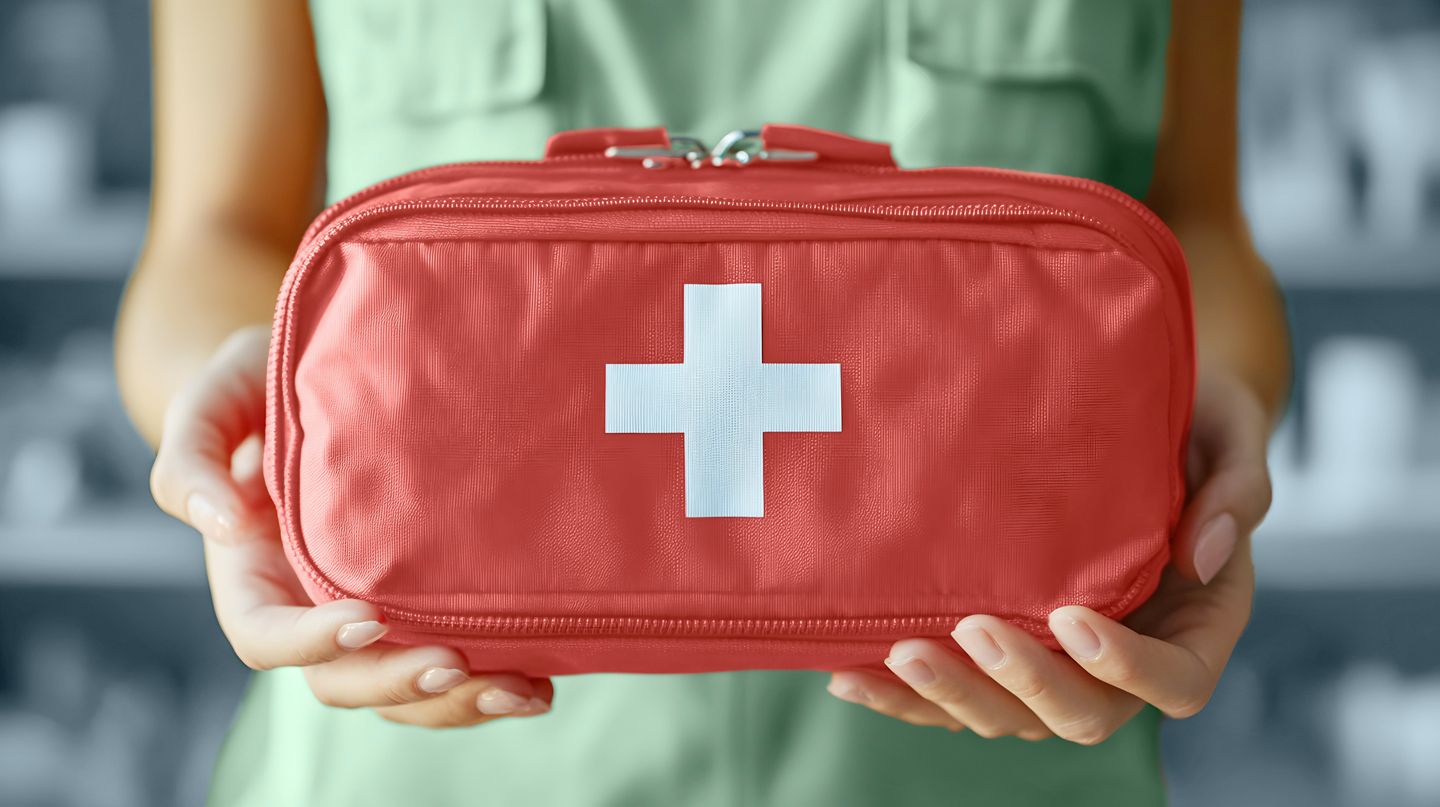When emergencies happen — whether it’s an injury or natural disaster — it’s crucial to be prepared. This is true for everyone, but it’s especially important if you or a loved one has hemophilia B. “People with hemophilia need to know what to do if they have a bad bleed,” says Margaret Ragni, MD , the director of the Hemophilia Center of Western PA and a professor of medicine at the University of Pittsburgh. That’s because getting injured could cause serious bleeding to occur. Bleeding to the head can be particularly serious (and even fatal). So even if you’re on replacement factor therapy, you still need to know what to do in an emergency. Here’s what you should have on hand — and what to do ahead of time — to prepare for the worst.
When You May Need an Emergency Plan for Hemophilia B When You May Need an Emergency Plan Natural disasters, such as earthquakes, floods, and hurricanes, can be especially dangerous for people with hemophilia B. To stay on top of these emergencies, download the Federal Emergency Management Agency (FEMA) app , which sends real-time weather alerts from the National Weather Service and helps you locate emergency shelters if you need to evacuate.e60dc2a1-f33c-4a05-9b50-8e3e8e5976293fff0fcb-a788-4ff4-97e5-fc305426eb2d If you’re seeing a hemophilia doctor regularly, your provider will make sure you have more than enough clotting factor on hand for an emergency, says Chieh-Lin Fu, MD , a medical hematologist and oncologist at Cleveland Clinic in Weston, Florida. The medication is safe for about six months at room temperature, she says. You should also take caution when you go on vacation, says Dr. Ragni. “A week before you go, look for the closest emergency room, in case you have a problem,” she says. You could also ask your doctor to write a letter for you to carry, saying you have hemophilia B.
How to Build a Hemophilia B Emergency Plan How to Build an Emergency Plan Your doctor and hemophilia treatment center can help you create an emergency care plan. Contact the treatment center before you head to an emergency department, so a provider can reach out to the hospital to coordinate your care. If you’ve traveled to a different part of the United States and need to seek treatment at another hemophilia treatment center, there’s a good chance those providers will know the doctor at your regular treatment center. “This is a rare disease,” says Ragni. “So I know most of the [hemophilia] doctors across the country. And if I don’t, I know how to pick up the phone and find them in the directory.” It also helps to carry a card that you can hand to emergency department staff. The National Hemophilia Foundation (NHF) has a template you can print out and keep in your wallet.e60dc2a1-f33c-4a05-9b50-8e3e8e597629a07f7ae2-c5ef-48b2-96bd-1ea11d0faf91 “Ideally, you should have [something, such as a medical bracelet or card] that tells the medical community what you have. So if you’re in a crisis and need help, providers will know,” says Dr. Fu.
What to Pack in a Hemophilia B Emergency Kit What to Pack in an Emergency Kit The NHF recommends keeping an easy-to-grab go bag with these emergency medical supplies and other necessary items:e60dc2a1-f33c-4a05-9b50-8e3e8e597629112303b3-8ccc-494c-9bb8-e30ad5979411 Clotting factor 9, including dosage instructions Infusion supplies for administering the medication (e.g., alcohol swabs, needles, syringes, and a tourniquet) An ice pack (to keep the medication cold) Your health insurance card Medical alert information, such as a card or bracelet An emergency contact list that includes your doctor, an emergency contact or two, and the hemophilia treatment center you use (either on paper or as a note on your phone) Basic first aid supplies (e.g., antiseptic wipes and bandages) Nonaspirin pain relievers A copy of your medical records and treatment plan Reading material and comfort items (especially for children) Water and nonperishable snacks A flashlight and batteries (to help you find a vein)
Maintaining and Practicing the Hemophilia Emergency Plan Maintaining and Practicing the Emergency Plan An emergency plan isn’t a onetime preparation. It’s a good idea to review the plan with your loved ones and doctor every year. This shouldn’t be a problem, since you’ll likely be visiting your doctor in the hemophilia treatment center every 6 to 12 months, says Ragni. Make sure the medications and other medical supplies in the bag aren’t expired, and consider doing a drill with your family in case of a natural disaster. When you go to the emergency department, tell the staff right away that you have hemophilia B. Give them the name of your hematologist and ask that they coordinate care with them. If you’re bleeding, the staff should give you medication immediately, rather than wait for lab work results or X-rays.
The Takeaway Emergency situations can be dangerous for everyone, but if you have hemophilia, a serious bleed can be life threatening. Keep some emergency supplies in a go bag, including alcohol swabs, medication, needles, syringes, and a tourniquet. Review the emergency plan at least once a year with your doctor and loved ones.
Read the full article here
Leave a comment




